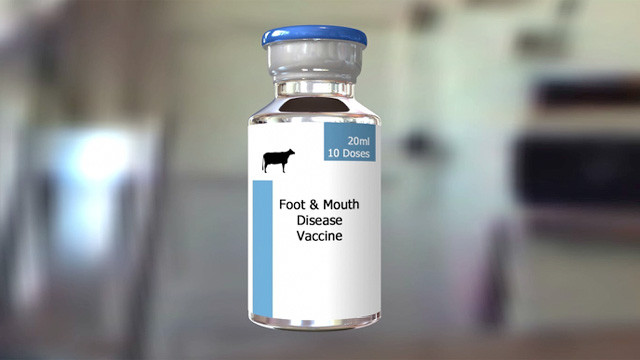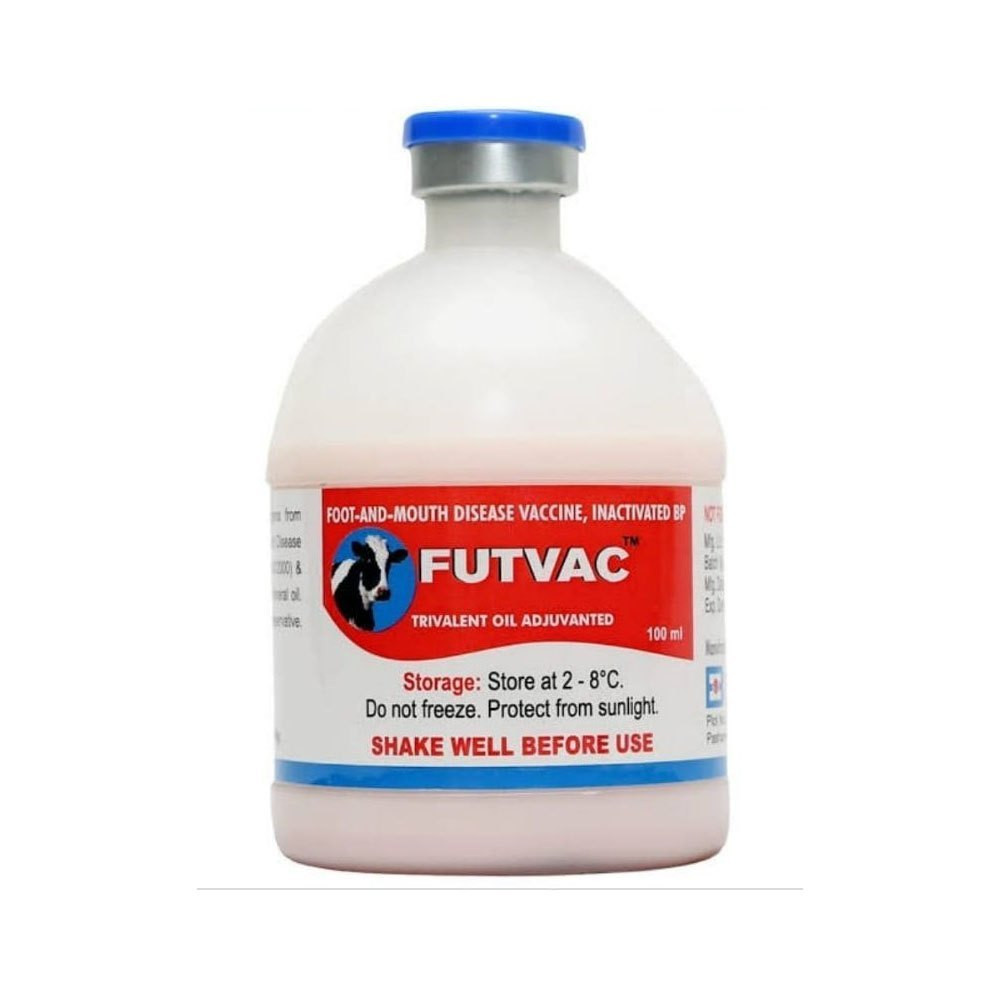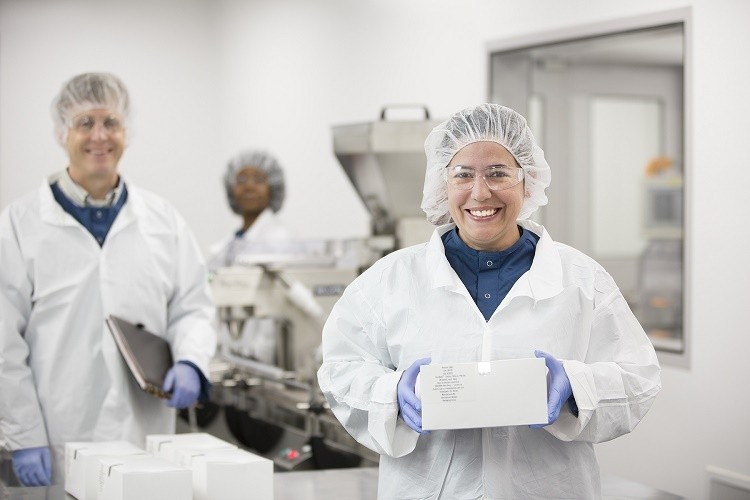Foot and Mouth Disease Vaccine Market: A Booming Industry
The global Foot and Mouth Disease (FMD) Vaccine market is experiencing rapid growth, driven by a combination of factors, including increasing livestock populations, rising awareness of animal health, and the devastating impact of FMD outbreaks. The market, estimated at US$3.1 Billion in 2023, is projected to reach US$5.6 Billion by 2030, expanding at a robust CAGR of 9%. This surge is fueled by several factors, primarily driven by the need to prevent the spread of this highly contagious disease that can inflict significant economic damage on the agricultural industry.
Market Drivers and Restraints
Several factors contribute to the growth of the FMD Vaccine market. One of the most critical drivers is the increasing prevalence of FMD outbreaks in various regions worldwide. These outbreaks cause substantial economic losses for farmers and governments due to livestock mortality, trade restrictions, and quarantine measures. As a result, demand for effective FMD vaccines is steadily rising.
Key Drivers of Market Growth
- Growing Livestock Populations: A significant driver is the global increase in livestock populations, particularly in emerging economies. This rise necessitates an enhanced focus on preventive measures, including vaccinations, to protect livestock and maintain herd health.
- Increasing Awareness of Animal Health: Greater awareness of animal health and welfare, coupled with the growing need for food safety and security, is driving demand for FMD vaccines. Consumers are increasingly concerned about the origins and safety of their food, leading to a demand for safe and healthy livestock products. Governments and regulatory bodies are also emphasizing the importance of animal health and disease control, further strengthening the market.
- Government Initiatives and Regulatory Support: Governments worldwide are implementing stringent regulations and initiatives to control FMD outbreaks. This includes vaccination campaigns, disease surveillance programs, and border control measures. These measures are expected to create a favorable environment for the FMD Vaccine market, encouraging greater investment in vaccine development, production, and distribution.
- Technological Advancements: Advancements in vaccine technology are contributing to the development of more effective and durable FMD vaccines. These advancements are leading to improved vaccine efficacy, enhanced immunogenicity, and a reduced need for repeated vaccinations, making them more appealing to farmers and livestock producers.
Market Restraints
While the FMD Vaccine market is poised for growth, certain challenges and restraints could potentially hinder market expansion. These include:
- High Cost of Vaccination: The cost of FMD vaccination can be a significant factor for farmers, particularly in developing countries with limited resources. The high cost of vaccines can pose a barrier to widespread adoption, especially for smaller farms.
- Vaccine Efficacy and Duration: The efficacy and duration of FMD vaccines can vary depending on the vaccine type, the strain of the virus, and the animal's immune system. A potential for vaccine failure or short-term protection could limit the market's growth.
- Logistics and Cold Chain Challenges: The storage and transportation of FMD vaccines require a reliable cold chain infrastructure to maintain their potency. In many regions, especially in rural areas, inadequate cold chain facilities can hinder vaccine distribution, leading to vaccine wastage and potential outbreaks.
Market Segmentation and Regional Analysis
The FMD Vaccine market can be segmented based on different factors, including vaccine type, animal species, and region. Understanding these segments is crucial for comprehending market dynamics and identifying potential growth opportunities.
Vaccine Type
The FMD Vaccine market is categorized based on vaccine types:
- Conventional Vaccines: Conventional FMD vaccines are widely used and are generally effective in preventing FMD. They are typically produced using inactivated virus particles, which are then administered to animals to stimulate an immune response. This segment is projected to grow at a CAGR of 7.8% to reach US$3.3 Billion by 2030, representing a significant portion of the market share.
- Emergency Vaccines: Emergency vaccines are designed for use during outbreaks to quickly control the spread of FMD. These vaccines are typically produced using different technologies, such as cell cultures or DNA-based methods, to allow for rapid production and distribution. This segment is anticipated to grow at a faster rate of 10.9% CAGR over the next seven years, signifying a growing demand for quick-acting preventative measures.
Animal Species
The FMD Vaccine market caters to various animal species susceptible to FMD, including:
- Cattle: Cattle are highly susceptible to FMD, making them a primary target for vaccination programs. This segment is expected to dominate the market due to the significant economic impact of FMD on the cattle industry.
- Swine: Swine are also vulnerable to FMD, contributing to a sizable portion of the market demand for vaccines. Vaccination of pigs is crucial for controlling the spread of the disease and protecting the pork industry.
- Sheep and Goats: Sheep and goats are susceptible to FMD, particularly in regions where these animals are raised in large numbers. This segment is also contributing to the growing market demand for FMD vaccines.
Regional Analysis
The FMD Vaccine market exhibits significant regional variations, with different regions experiencing varying levels of FMD prevalence and market growth. The report analyzes major regions, providing insights into their specific market trends:
- North America: The U.S. market is the largest in North America, estimated at $803.9 Million in 2023. This region is characterized by strict regulations and well-established animal health practices, leading to a relatively low prevalence of FMD. However, the market is expected to experience steady growth due to increasing awareness of animal health and the need to maintain disease-free status.
- Asia-Pacific: The Asia-Pacific region is witnessing the most rapid growth in the FMD Vaccine market, driven by rising livestock populations, increasing FMD outbreaks, and government initiatives to control the disease. China, in particular, is expected to grow at an impressive 13% CAGR to reach $1.4 Billion by 2030. This growth is attributed to the country's vast livestock industry and increasing investments in animal health infrastructure.
- Europe: Europe is another significant market for FMD vaccines, with strict regulations and well-established animal health systems. The market is expected to experience moderate growth, driven by the need to prevent FMD outbreaks and maintain disease-free status. However, the region faces challenges related to the cost of vaccination and the need to ensure vaccine efficacy.
- Latin America: Latin America is a growing market for FMD vaccines, with a high prevalence of FMD in several countries. The market is expected to expand due to increasing awareness of animal health, government initiatives to control FMD, and the need to protect the region's livestock industry.
- Middle East and Africa: The Middle East and Africa are emerging markets for FMD vaccines. The region faces challenges related to limited infrastructure, poverty, and limited access to veterinary services. However, government initiatives and increased investment in animal health are driving market growth, especially in countries with large livestock populations.
Competitive Landscape
The FMD Vaccine market is characterized by a competitive landscape with several key players operating globally. The report profiles major companies in the market, including:
- Agrovet Co
- Boehringer Ingelheim
- Biogenesis Bago
- Brilliant Bio Pharma Ltd.
- Ceva Sante Animale
- Empresa Colombiana de Productos Veterinarios S.A. VECOL S.A.
- FMD Center
- Godrej Agrovet Limited
- Indian Immunologicals Limited
- Limor de Colombia
- Merck Animal Health
- Merial S. A. S.
- Vecol SA
- Vetal Animal Health Products
- Veterinary Serum and Vaccine Research Institute
These companies compete based on factors such as vaccine efficacy, price, and distribution networks. The market is also witnessing new entrants and the development of innovative vaccine technologies, increasing competition and driving innovation in the sector.
The Future of the FMD Vaccine Market
The FMD Vaccine market is expected to continue its growth trajectory, driven by increasing livestock populations, growing awareness of animal health, and technological advancements in vaccine development. The development of new and improved vaccines, coupled with government initiatives to control FMD outbreaks, will play a critical role in shaping the future of the market. However, challenges related to vaccine cost, logistics, and ensuring vaccine efficacy need to be addressed to ensure sustainable market growth and effective FMD control.
Key Takeaways
- The FMD Vaccine Market is poised for significant growth, projected to reach $5.6 Billion by 2030, with a CAGR of 9%.
- Key market drivers include increasing livestock populations, rising awareness of animal health, government initiatives, and technological advancements in vaccine development.
- The Conventional Vaccines segment is expected to dominate the market, while the Emergency Vaccines segment is poised for rapid growth.
- The Asia-Pacific region is anticipated to experience the fastest growth due to increasing FMD outbreaks and rising investments in animal health infrastructure.
- Key players in the market include Agrovet Co, Boehringer Ingelheim, Biogenesis Bago, and others, competing based on vaccine efficacy, price, and distribution networks.
The Race to Eradicate FMD: A Global Challenge
Eradicating FMD remains a global challenge, but the FMD Vaccine market plays a crucial role in mitigating the disease's impact. The market's growth signifies a commitment to protecting livestock and ensuring the long-term health and sustainability of the agricultural industry. By understanding the market trends, key drivers, and challenges, stakeholders can make informed decisions to support the development and adoption of effective FMD vaccines, contributing to a safer and more secure food supply chain. The race to eradicate FMD is a global effort, and the role of FMD vaccines is central to achieving this critical goal.



















